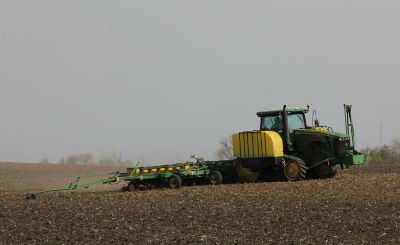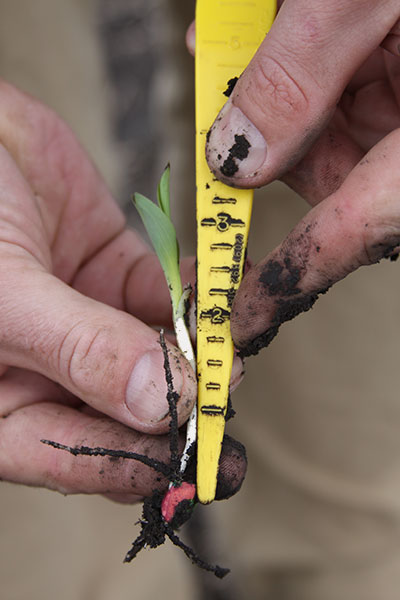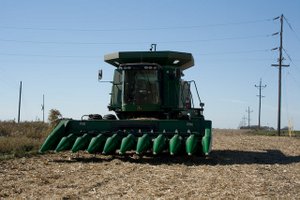The snow has melted, the grass is starting to turn green and farm equipment across the midwest is slowly starting to roll out of hibernation. Spring is here and that means planting season is just around the corner! Are you prepared?
Recently I had the opportunity to contribute to this article “Four Areas to Consider in 2015 Planting Prep” by WaterStreet Solutions. I felt it was important to share this information with you. Below are some key points from the article including a link to the full article.
What will it take to prepare for a successful 2015 planting season?
In my opinion, mindset is very important going into a crop year – it greatly influences success or failure. It will be important to approach the 2015 growing season with discipline, patience and strong belief in the crops potential, despite challenging farm economics.
These are four primary components to preparing for the new planting and growing season:
- Planning

- Agronomics
- Patience
- Execution
Planning
- Anticipate the emotion that happens during planting season
- Create revenue by increasing production
- Mentally walk through your planting and growing season
- Review “what-if” scenarios
Agronomics
Check that all inputs are ready by going through a series of questions. Please review the list of seed, trait packages, fertilizer, weed, production and yield questions in the full version of the article.
Patience
Be patient and consider the soil conditions before you start preparing the ground. Remember: By the time you’ve finished planting you’ve already dictated 75% of the yield potential of your crop! That’s how important soil conditions are during planting. In the full article I’ve included a few questions to ask yourself to determine if the soil is optimal for field work to begin.
Execution
- Use the previous three factors to execute when the time is right
- Preparation promotes a smooth season in the field
- Keep your eyes on the ultimate goal – being the lowest cost per bushel producer
Prepare For a Successful 2015 Season
Make sure you do your pre-planting prep work and take time to prepare your mind for the challenges and opportunities that a new growing season presents. Start by reading the entire pre-planting prep article from WaterStreet Solutions and answering the questions provided. The team at Corn Capital Innovations would be happy to guide you through the pre-planting preparation process, please contact us for more information.




 Seed Placement – What is the ideal depth to plant?
Seed Placement – What is the ideal depth to plant? The last 40 days have been a flurry of reaping the harvest. Now is the time to review the decisions you made along with finalizing your 2013
The last 40 days have been a flurry of reaping the harvest. Now is the time to review the decisions you made along with finalizing your 2013 


